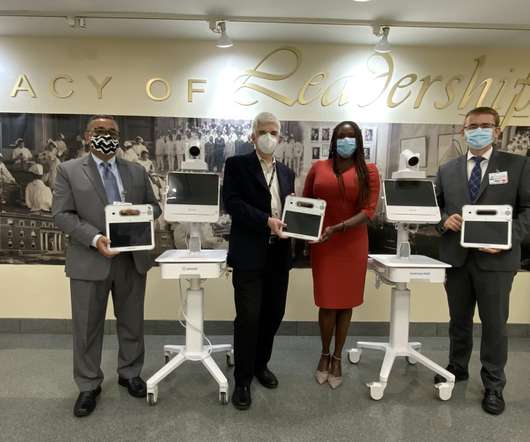Inpatient telemedicine improves care and patient satisfaction at Howard University Hospital
Healthcare IT News - Telehealth
MAY 24, 2021
Without access to their loved ones, patients felt alone and isolated. To solve this challenge and improve patient satisfaction the hospital purchased hospital-grade washable tablets for patients to communicate when in isolation rooms or when the hospital is closed to visitors. Patients were surveyed by Press Ganey.












Let's personalize your content